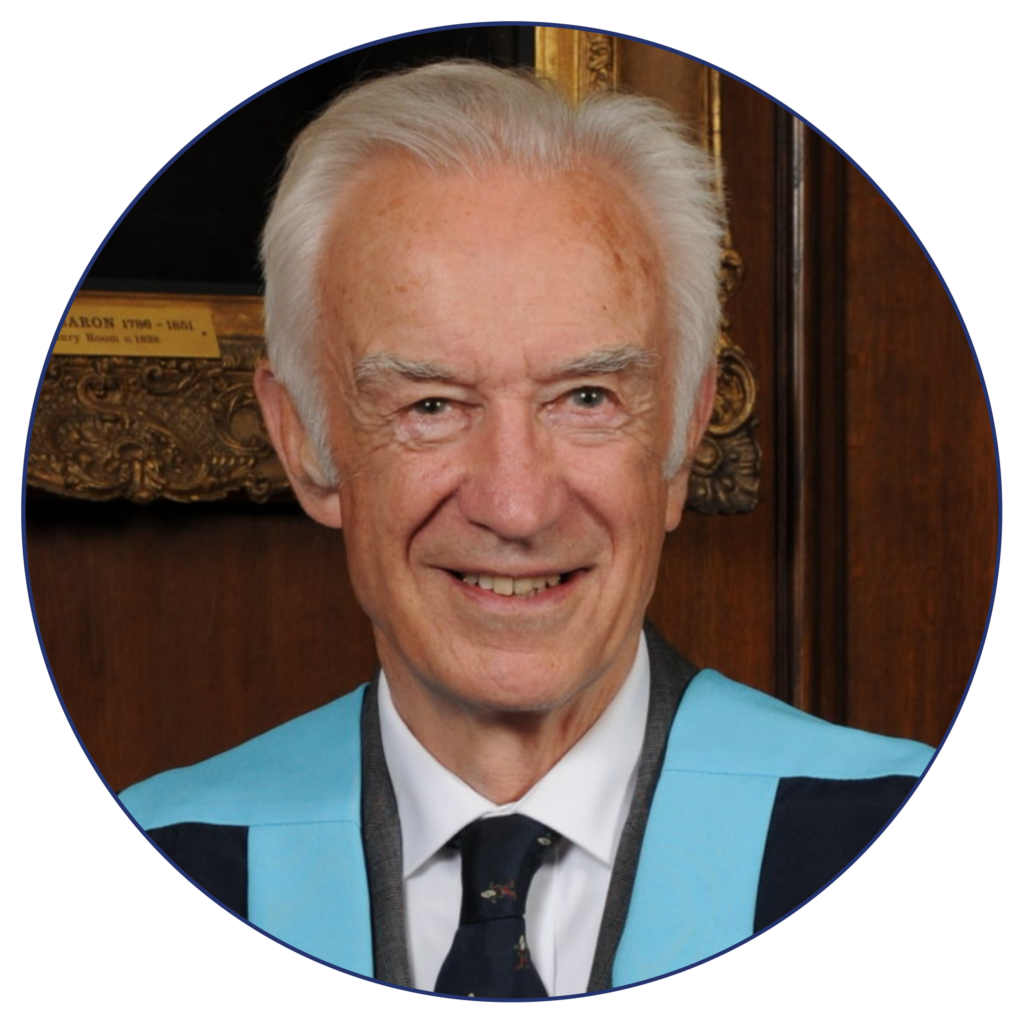Our History
In 1998, the Intercollegiate Academic Board of Sport and Exercise Medicine (IABSEM) was formed under the auspices of the Academy of Medical Royal Colleges. In 2001, the Department of Health produced a document, “Developing specialties in medicine”, to be used as a template for the formation of new specialities. In 2004, an application was submitted, and it was approved by the Department of Health in February 2005. In 2006, the Faculty of Sport and Exercise Medicine UK was established.
The Faculty launched in 2006, originally as an intercollegiate Faculty of the Royal College of Physicians and the Royal College of Surgeons of Edinburgh. Sport and Exercise Medicine (SEM) has a long history – in the Ancient Greek Olympic Games a doctor was always one of the officials. Herodicus, one of Hippocrates’ tutors, pioneered therapeutic exercise in the treatment of disease and maintenance of good health in the 5th Century BC. Galen, who looked after the gladiators in the 2nd Century AD, was probably the first Team Doctor.
The need for SEM as a specialty started during the 20th Century, particularly after the Second World War. More doctors were involved in looking after sports teams; going to the Olympic Games and other competitions, working as venue doctors, and, in the case of martial arts and other sports, assessing whether a participant could continue with the competition. Doctors were also involved in the creation of sports injury clinics both private and NHS.
Most of the work was done originally by volunteer doctors who had a special interest in Sport and Exercise Medicine, although they had trained in General Practice and many other specialties. The 20th Century also included the development of educational programmes in SEM – athletes progressively sought advice from such doctors, not only with regards to treatment of their injuries, but also in terms of training and other aspects of their preparation.
The 1986 Commonwealth Games in the UK was a great stimulus to the development of Sport and Exercise Medicine. Three Scottish Medical Colleges established a Board of Sport Medicine, which defined a syllabus and established a Diploma Examination. This became widely accepted as a safe standard of practice for doctors providing medical services to sports. At the same time, the Worshipful Society of Apothecaries developed an examination and a number of Universities established courses and diplomas.
In 1995 the establishment of a Faculty of Sport and Exercise Medicine was proposed by the Institute of Sports Medicine. This included the education of medical practitioners in SEM and establishing the standards of competence. The Intercollegiate Academic Board for Sport & Exercise Medicine (IABSEM) was established in 1998. Its first task was setting and monitoring the clinical standards and establishing the Diploma Examination for the UK and Ireland. The Scottish Royal Colleges and the Society of Apothecaries generously gave up their Examination and the Faculty’s Membership Examination in Sport and Exercise Medicine continues to be held annually.
The 21st Century saw the development of Government Policies to improve health and promote sporting excellence. In February 2005 the Department of Health recognised Sport and Exercise Medicine as a specialty and, during that year, Parliament amended the Specialist Medical Order, creating the new specialty of Sport and Exercise Medicine. Sport and Exercise Medicine gained specialty status in 2005.
The Faculty of Sport and Exercise Medicine UK was created when IABSEM developed into the FSEM as an intercollegiate faculty of the Royal College of Physicians of London and the Royal College of Surgeons of Edinburgh. The Faculty then set about establishing the new speciality. It developed a higher specialty training programme and a curriculum that was accepted by the GMC. The methods of assessment include the Faculty’s Membership Examination in Sport and Exercise Medicine.. The training programme is of eight years duration, the first two years being spent as Foundation Doctors, two years Core Training and the last four years as Registrars in Sport and Exercise Medicine. The Faculty created Memberships [MFSEM (UK)] and Fellowships [FFSEM (UK)] and the first award ceremony was held in September 2007. In 2021 the Faculty created a new diploma in Musculoskeletal Medicine, with two further diplomas being launched in 2024 in Exercise Medicine and Team Care. The Faculty now has a thriving Diplomate Membership category, where multi-disciplinary professionals can apply to become Diplomate Members of the Faculty after successfully passing a Faculty diploma exam.
Today the Faculty of Sport and Exercise Medicine is an independent charity, it sets the standards in SEM and oversees research, training, curriculum and assessment of all SEM doctors. The Faculty currently works to oversee Sport and Exercise Medicine standards, education, curriculum, training requirements and programmes, as well as supporting the development of the specialty and SEM clinicians and working to improve the health of the nation through physical activity.
Past Presidents
Faculty of Sport and Exercise Medicine UK

Dr John Etherington CBE (2018 – 2021)

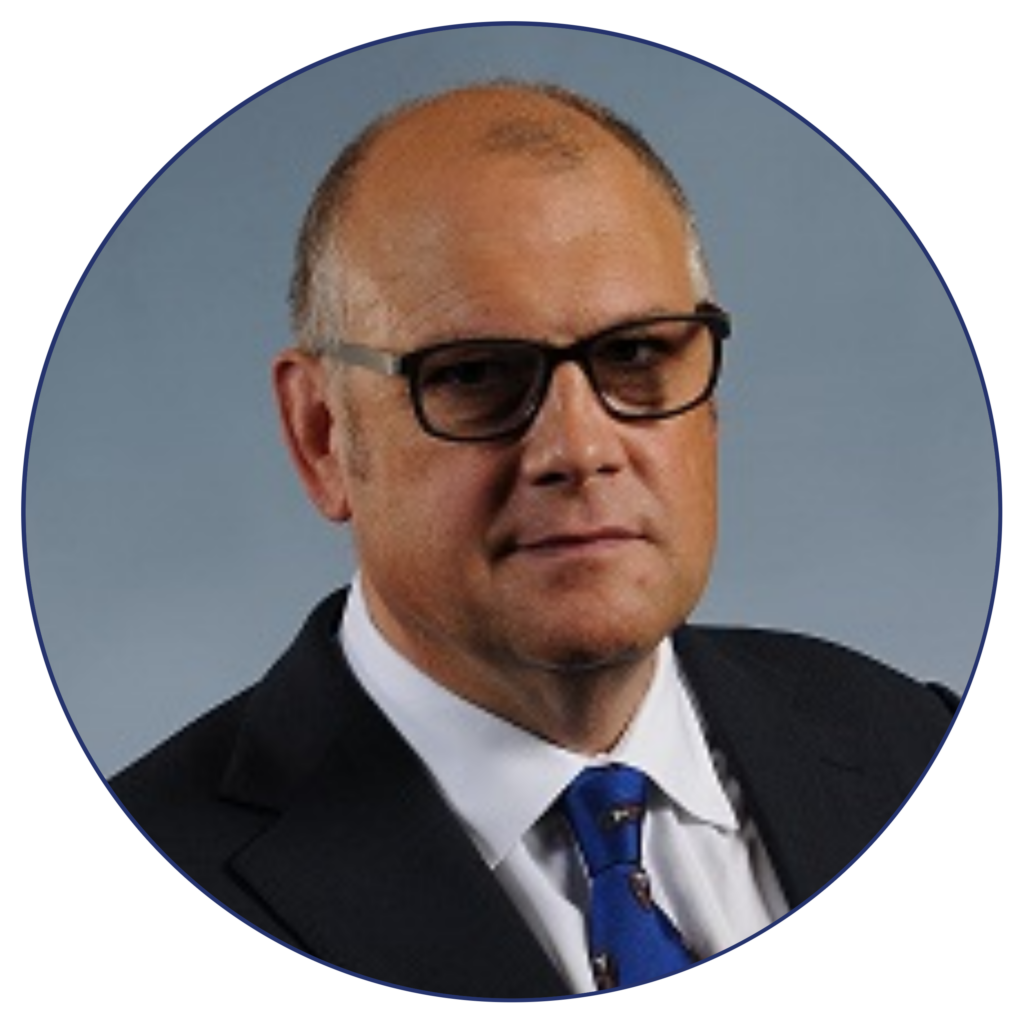
Dr Paul Jackson (2015 – 2018)

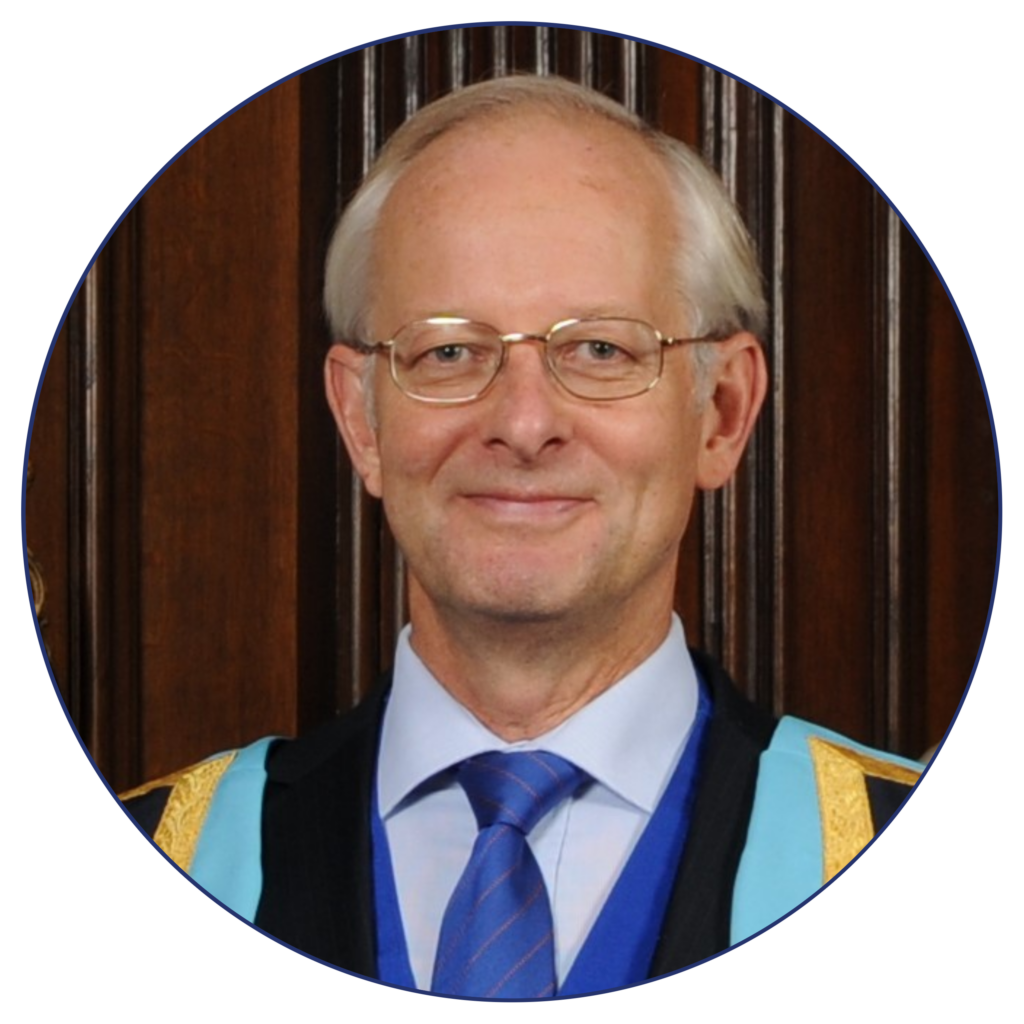
Dr Roderick D Jacques OBE (2012 – 2015)

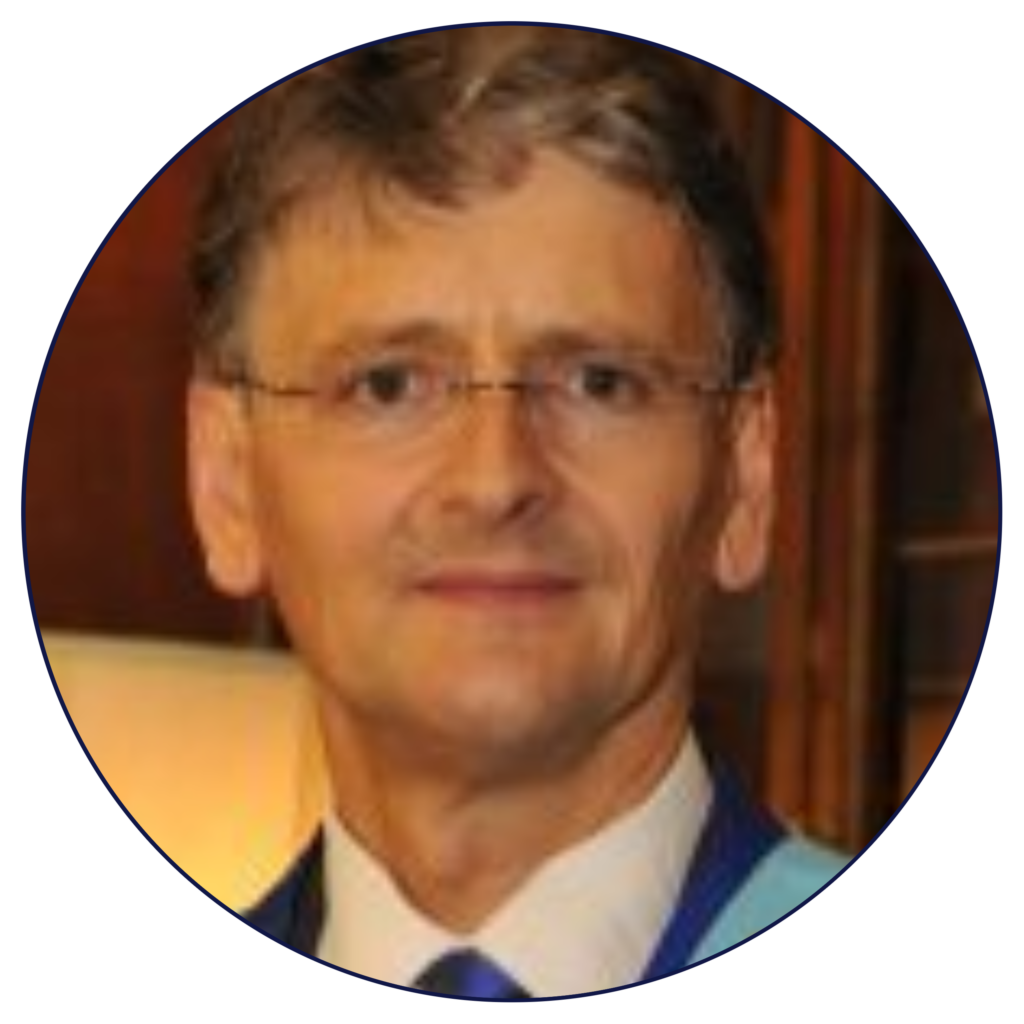
Professor Mark E Batt (2009 – 2012)
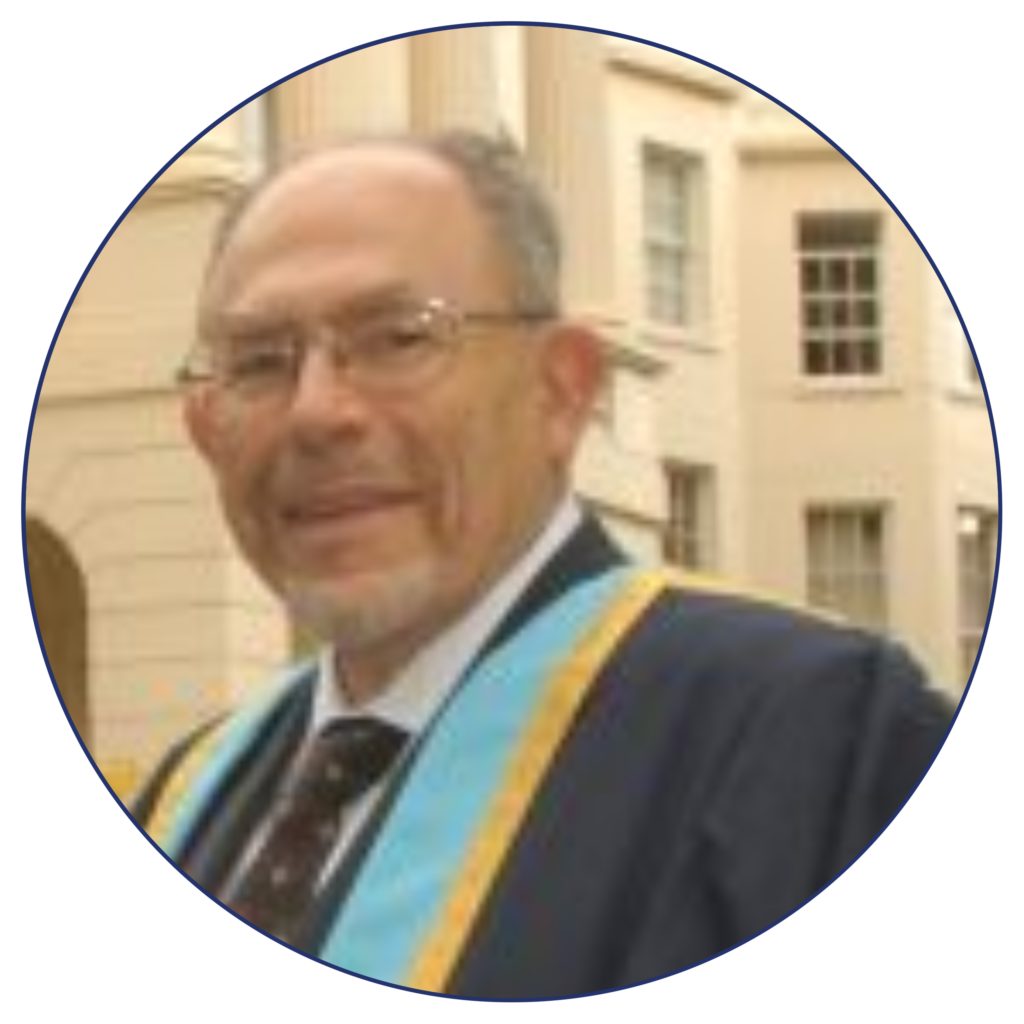
Professor Charles S B Galasko (2006-2009)
The Intercollegiate Academic Board of Sport and Exercise Medicine

Chair
Professor Charles S B Galasko (2002-2006)

